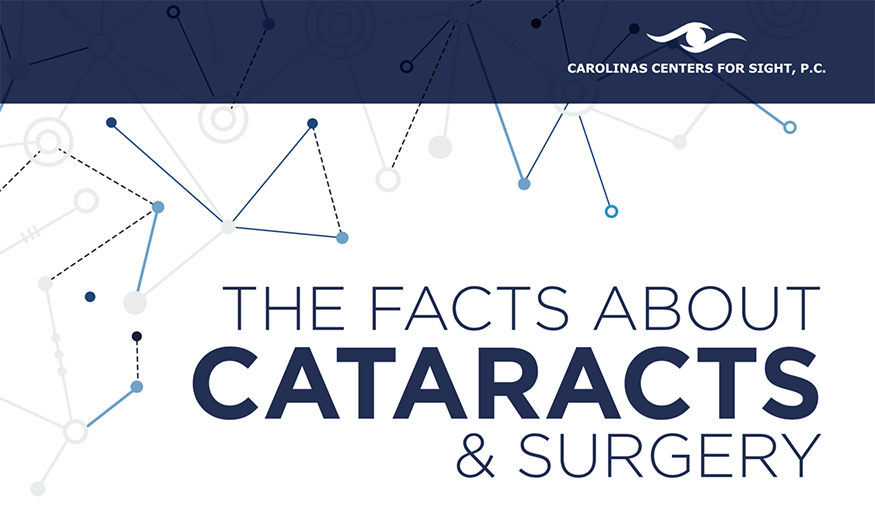Explore An Appealing Voyage Tracing The Growth Of Cataract Surgery Approaches That Are Transforming The Expectation Of Eye Health Care
Explore An Appealing Voyage Tracing The Growth Of Cataract Surgery Approaches That Are Transforming The Expectation Of Eye Health Care
Blog Article
Content Created By-Hogan Kearney
As you discover the development of advanced cataract surgery techniques, you'll witness a trip noted by ingenuity and accuracy. From old techniques that paved the way for modern-day technologies to sophisticated technologies that are revolutionizing the field, the comprehensive introduction of cataract surgical procedure techniques is a testimony to human development and dedication to boosting person outcomes. The elaborate interplay in between historical approaches and advanced advancements develops an interesting story that clarifies the development of among one of the most usual surgical procedures worldwide.
Historic Strategies and Innovations
Explore just how early surgeons transformed cataract therapy by utilizing ingenious techniques and devices. In http://www.forthoodsentinel.com/living/healthworks/military-laser-eye-surgery-enhances-vision-readiness/article_2ec7f888-ea42-11eb-bf6a-93947e55996e.html , cataract surgical treatment was a high-risk and painful procedure. Nevertheless, old Indian physicians were among the first to try surgical interventions for cataracts, making use of a strategy called 'couching' where a sharp instrument was utilized to press the cataract back right into the eye. This method, though crude by today's criteria, prepared for future innovations in cataract surgical treatment.
As time progressed, Arab doctors made substantial contributions by developing specialized needles for cataract extraction. These needles were used to pierce the cataract and then remove it from the eye, noting a considerable improvement in surgical accuracy.
Later, in the 18th century, the French cosmetic surgeon Jacques Daviel originated the technique of extracapsular cataract removal, where the entire lens was eliminated undamaged through a larger cut. This noted a major development in cataract surgical procedure methods, paving the way for the modern-day procedures we use today.
Modern Surgical Approaches
Early strategies in cataract surgical treatment have progressed significantly, resulting in the growth of contemporary surgical methods that focus on accuracy and improved individual results. Modern cataract surgical procedure now typically involves a treatment called phacoemulsification, where an ultrasonic tool breaks up the cataract for elimination through a tiny incision. This strategy enables quicker healing and decreases the risk of complications contrasted to older techniques.
Additionally, Keep Reading of advanced intraocular lenses (IOLs) has changed cataract surgery outcomes. These lenses can deal with not only the cataract but also other refractive mistakes like astigmatism, decreasing the need for glasses post-surgery.
Surgeons today additionally have accessibility to sophisticated imaging technologies that help in accurate preoperative planning and intraoperative decision-making. Optical comprehensibility tomography (OCT) and various other imaging modalities give detailed pictures of the eye's structures, allowing for a much more tailored technique to each client's surgical procedure. With these innovations, modern-day cataract surgery methods remain to enhance, using clients much safer treatments and far better visual end results.
Emerging Technologies in Cataract Surgical Procedure
With innovations in innovation reinventing the field, cataract surgery is observing the assimilation of innovative techniques for improved individual outcomes. Arising technologies in cataract surgical procedure are reshaping the landscape of ocular procedures. One such advancement is femtosecond laser technology, which allows for accurate corneal incisions, capsulotomies, and lens fragmentation, leading to improved surgical precision and end results.
In addition, intraoperative aberrometry is gaining appeal, allowing real-time dimensions of refractive errors throughout surgery to enhance intraocular lens power computations and minimize postoperative refractive surprises.
Moreover, the use of sophisticated imaging modern technologies like optical coherence tomography (OCT) and intraoperative wavefront aberrometry aids specialists in specific medical planning and implementation. These tools supply thorough anatomical details and assistance personalize surgical methods for each patient's distinct eye features.
Additionally, growths in expert system are being discovered to aid in preoperative preparation, intraoperative decision-making, and postoperative treatment, potentially optimizing surgical outcomes and patient complete satisfaction. Embracing these emerging innovations in cataract surgical procedure holds promise for further improving client end results and guaranteeing the proceeded evolution of ophthalmic surgical methods.
Conclusion
As you journey via the background of cataract surgical procedure, you witness the transformation from ancient methods to sophisticated innovations. Like a phoenix metro climbing from the ashes, cataract surgical procedure has developed into a sign of hope and advancement.
Equally as a caterpillar arises from its cocoon as a lovely butterfly, cataract surgical procedure has actually blossomed right into a polished art form, offering patients more clear vision and a brighter future.
The evolution proceeds, radiating a light on unlimited opportunities.
